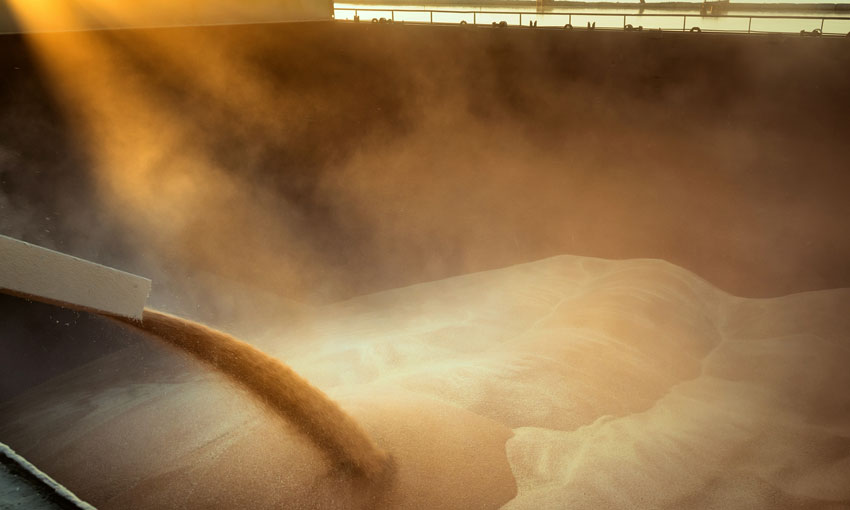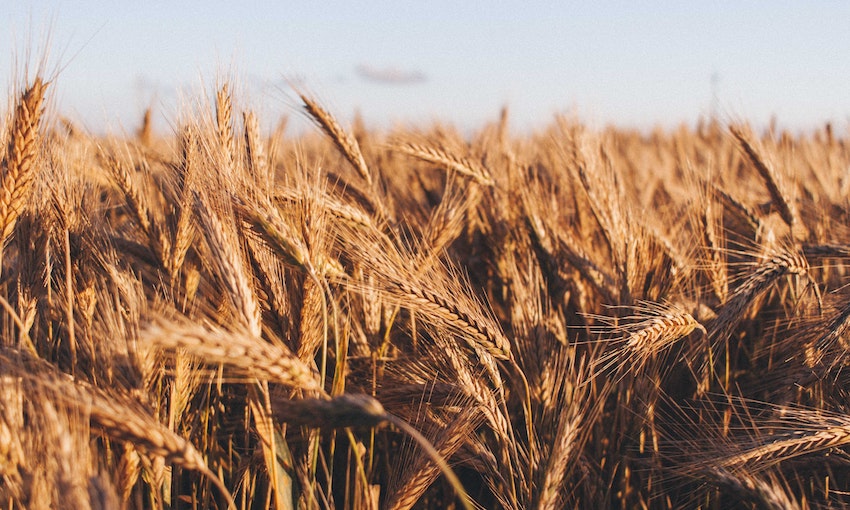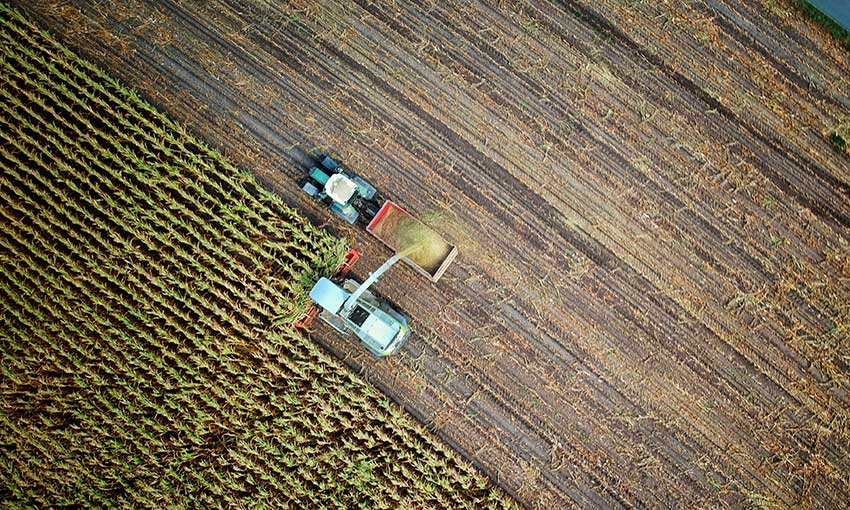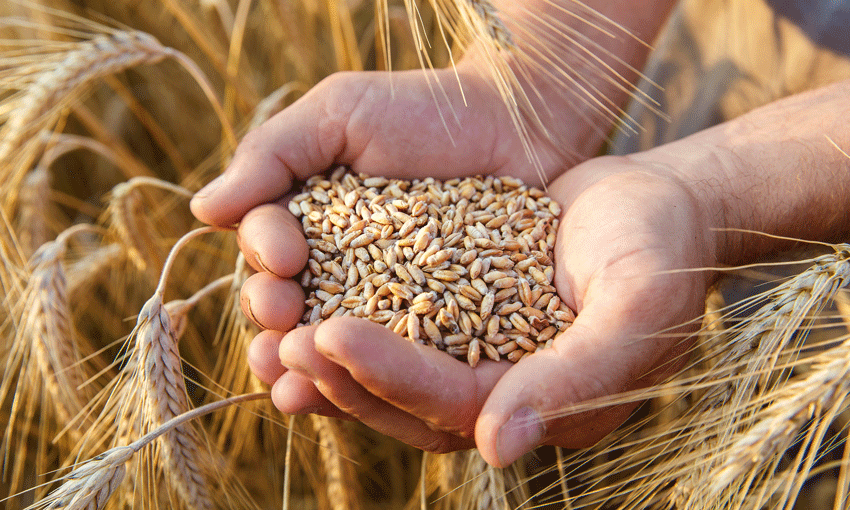AUSTRALIAN agriculture, fisheries and forestry are on track for a production value of $86 billion in 2023-24, according to the Australian Bureau of Agricultural and Resource Economics and Science.
ABARES’ latest quarterly Agriculture Commodities Report noted the forecast figure is the third-highest yearly gross value on record; it is falling from record heights seen in 2022-23.
ABARES executive director Jared Greenville said the report shows the sector has remained strong despite challenging conditions.
“For agriculture, after a record $92 billion result in the 2022-23 financial year, the forecast 14% decrease will see value fall to $80 billion in 2023-24 because of drier domestic conditions and an expected fall in global commodity prices,” Dr Greenville said.
“As we come out of a higher rainfall La Niña period and move into a drier El Niño climate, it is expected that below-average rainfall and warmer temperatures will reduce Australian crop yields and production from the previous year’s record highs.”
The Australian Crop Report (released alongside the commodities report) suggests total crop production value is set to fall 20% in 2023-24 to $46 billion.
“National winter crop production is expected to be around 45.2 million tonnes, slightly below the 10-year average,” Dr Greenville said.
“Drier conditions are so far having the greatest impact on northern cropping areas, with prospects for the southern cropping regions holding up after better-than-expected winter rainfall.”
ABARES also expects summer crop plantings to fall but remain above average, due to lower rainfall forecast for spring and summer being buffered by high levels of water storages.
“Drier conditions will also mean livestock producers will need to send more animals to slaughter,” Dr Greenville said.
“As supply increases, saleyard prices for cattle and sheep are expected to fall; sheep prices are forecast to fall below their long-term average.
“At the same time, global meat prices are falling. These factors will mean despite higher production volumes, the value of livestock production is expected to fall by $1.6 billion to $34 billion in 2023-24.”
Dr Greenville said production and prices outcomes are expected to weigh on export performance with the value of agricultural exports on track to decrease by 17% to $65 billion.
“Farmers are also facing elevated input costs across key inputs such as fertiliser, diesel and labour,” he said.
“High interest rates are also increasing the costs of debt repayments.
“Despite all the challenges, it is important to remember that falls are coming off the back of record years which have helped rebuild financial reserves and our agricultural sector remains resilient and competitive.”





